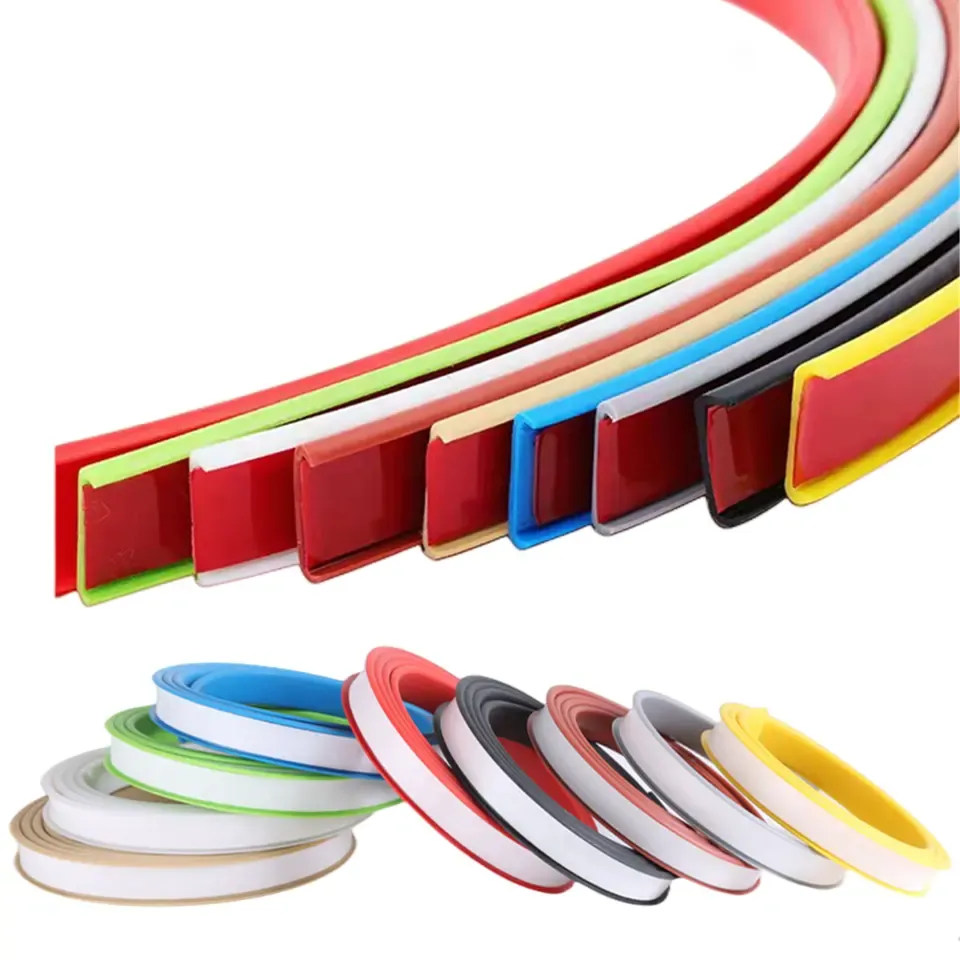bottom door gap seal
Understanding Bottom Door Gap Seals A Practical Guide
In many homes and workplaces, issues such as energy loss, dust infiltration, and noise pollution are common challenges. One of the most effective solutions to mitigate these problems is the installation of bottom door gap seals. This article will explore what bottom door gap seals are, their benefits, various types, and installation tips to help you enhance your environment effectively.
What is a Bottom Door Gap Seal?
A bottom door gap seal is a strip or barrier placed at the base of a door to close the gap between the door and the floor. This gap can be a significant source of energy loss, as conditioned air can escape or outside air can seep in through the crevices. Bottom door gap seals are designed to fit snugly to create a barrier that prevents unwanted air exchange, providing a more comfortable and energy-efficient environment.
Benefits of Installing Bottom Door Gap Seals
1. Energy Efficiency One of the primary reasons homeowners and businesses invest in bottom door gap seals is to improve energy efficiency. Air leaks around doors can account for a substantial percentage of heating and cooling costs. By sealing these gaps, it becomes easier to maintain the desired indoor temperature, ultimately leading to reduced energy bills.
2. Dust and Pest Prevention Gaps under doors can allow dust, dirt, and insects to enter your home or workspace. Bottom door gap seals create a barrier that helps to keep these unwanted elements at bay, resulting in a cleaner and healthier environment.
3. Noise Reduction For those living in bustling urban areas or near noisy streets, bottom door gap seals can significantly reduce sound transmission. They help buffer noise from outside, creating a quieter and more tranquil atmosphere indoors.
4. Enhanced Comfort By preventing drafts and maintaining a consistent indoor temperature, bottom door gap seals contribute to overall comfort. This can be particularly valuable in colder climates where drafts can lead to an uncomfortable living space.
5. Improved Weather Resistance In addition to energy savings, these seals help protect your home from harsh weather conditions. They can prevent water, snow, and extreme heat from entering, safeguarding your flooring and reducing wear on your HVAC system.
Types of Bottom Door Gap Seals
There are various types of bottom door gap seals, each suited for different needs and door types
1. Rubber Seals These are flexible and durable, conforming to the shape of the door and floor. Rubber seals are often used for exterior doors where they can withstand exposure to the elements.
2. Vinyl Seals Similar to rubber, vinyl seals are effective but may not be as durable under extreme weather conditions. They are a cost-effective option for interior doors.
bottom door gap seal

3. Brush Seals These seals consist of a strip of brush-like bristles that gently compress against the floor when the door is closed. This type is particularly useful for irregular surfaces and provides a good seal without creating excessive friction.
4. Magnetic Seals These seals use magnetic strips to hold the door in place against the seal. They are ideal for metal doors and can provide an excellent airtight barrier.
5. Thresholds Some homeowners choose to install a threshold that works in conjunction with a door sweep or door shoe. This method offers additional height to effectively close larger gaps.
Installation Tips
Installing a bottom door gap seal is a straightforward process that most homeowners can undertake with basic tools. Here are some steps to guide you
1. Measure the Gap Using a measuring tape, determine the width and height of the gap under your door. This will help you select the appropriate seal size.
2. Choose the Right Seal Based on your measurements and environmental conditions, select the most suitable type of seal for your needs.
3. Prepare the Surface Clean the area where the seal will be installed to ensure proper adhesion.
4. Cut to Size Most gap seals can be cut to fit. Carefully cut the seal to the correct length based on your measurements.
5. Installation Follow the manufacturer's instructions for installation. For adhesive seals, peel and stick. For others, you may need screws or nails to secure them.
6. Test for Gaps After installation, close the door and check for any remaining gaps. If necessary, make adjustments or add more seals.
Conclusion
Bottom door gap seals are an effective and economical solution to many common problems faced in homes and workplaces. By understanding their significance and implementing them correctly, you can enhance energy efficiency, reduce noise, keep dust and pests at bay, and ultimately create a more comfortable living space. Whether you're a homeowner or a business owner, considering the installation of bottom door gap seals is a proactive step towards a better environment.
-
Under Door Draught Stopper: Essential ProtectionNewsJul.31,2025
-
Garage Door Seal and Weatherstrips for ProtectionNewsJul.31,2025
-
Edge Banding Tape for Perfect EdgesNewsJul.31,2025
-
Table Corner Guards and Wall Corner ProtectorsNewsJul.31,2025
-
Stair Nose Edging Trim and Tile Stair SolutionsNewsJul.31,2025
-
Truck Bed Rubber Mats for Pickup BedsNewsJul.31,2025
-
Window Weather Stripping for Noise ReductionNewsJul.29,2025